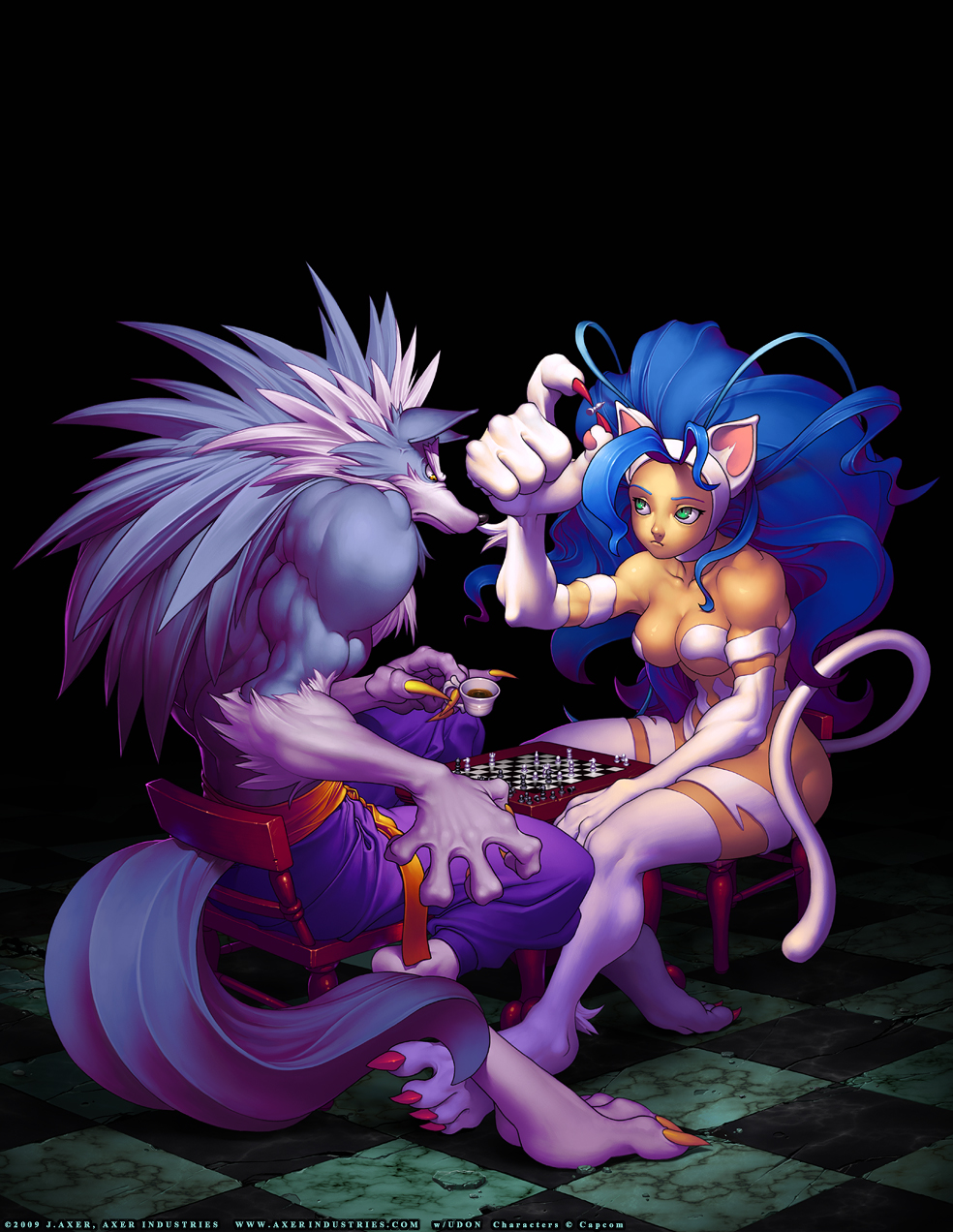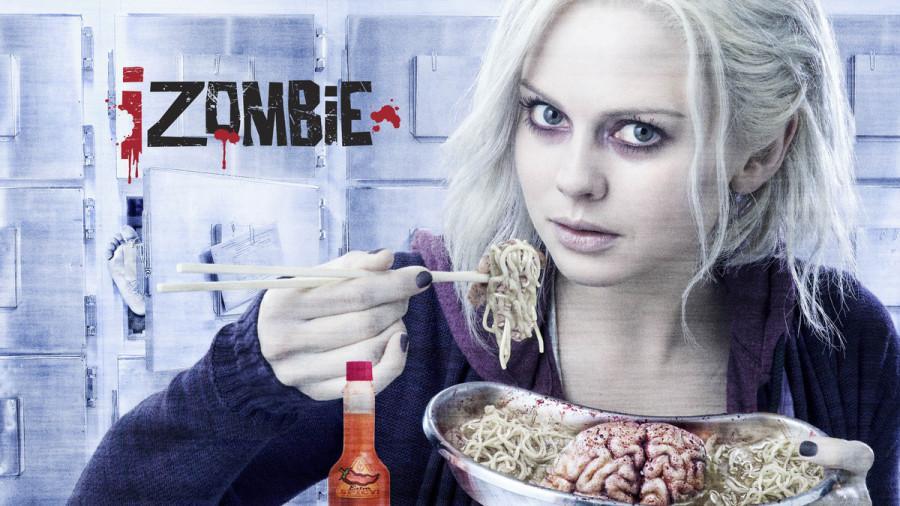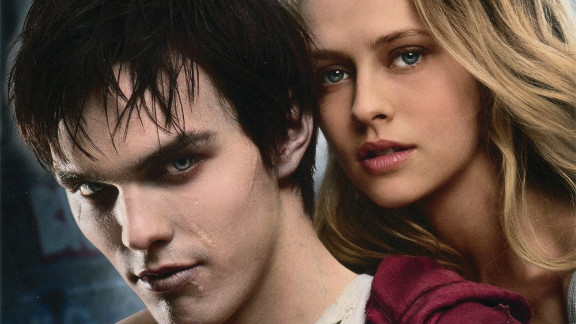My 2 cents before I read the comments
I think they can still be scary, the problem is they require a heavy amount of markup and special effects to make look right. Make it too goofy and its hard to take them seriously. At the same time there has to be a human element to it. What makes the Lon Chaney jr. Wolfman so scary wasn't the impassive markup effects, especially for its time, but a good man compelled to do murderous. But much like Dracula, Salem's Lot, Interview with a Vampire, and other greats in vamp fiction found ways to elivate and make the monsters even scarier, the same can be said here. But first, lets talk what kind of werewolf.
Clinical Lycanthropy: This we see in the real world, and may have been cases in the medieval and renascence period. You have a mental condition where you think you turn into a wolf or other animal creature, or think you are exhibiting some traits. You are not, but you believe it. I am not sure how common it is, I don't even know if its in my coppy o the DSM-5, but its a condition that might be fun to play around with.
Others might be a form of acid trip. One theory is magic mushrooms, or types of fungus in the bread Europeans ate had an halucinagetic affect; and much like Modern LSD, random crazy shenanigans, often violent ones, occurred.
How much control does the person have over their condition?
This can have scary moments in either side of this.
In full control: This is the what most shape changers were, werewolves no exception. You had to use magic, particularly black magic, in many parts of the world. There were good werewolves, Italy had some, but generally speaking you made this transformation. In some of the cases of wearwolves put to trial during the European witch hunts, the accuse would admit they made a deal with the devil and he gave them a special cloak or belt that if they wore it would allow them to transform, and then they would prey on their fellow human beings. With this kind, you might have to research serial or spree killers. Its been theorized these kind of murders were so horrendous that no one could believe they were done by a human, so this might have explained in part the werewolfism. Maybe there is a slight change in personality, or inclination for these things, so a werewolf has to either embrace or fight them, or find a way to embrace the beast without going all murder happy. Think Dog Soldiers, or the Howling.

Not in control: Its almost like a split personality taking over. The transformation happens and they have no control over what they do, such as in The Wolfman and Anmerican Werewolf in London. They don't want to kill, but they do, savagley, brutaly. To do this right, the monster has to be tragic. THis doesn't mean you can't have fun with it. THe monster design and the kills in the above mentioned films is great, and it was genious to have the guy in the monster costum wheelbarrled around to make it look like he was moving fast. In this case its more tragic. Think again Wolfman and American Werewolf in London
From there you can decide if it leans closer to humanoid (Eddie Munster, Wolfman, Jack Nicolson for most of Wolf) or lupin (Ginger snaps, the Brother's Grimm.)
Fun fact, you know that thing somewhere wolf stuff does where the wolf part rips off their human part when they transform like in Wolf Cop or Late Phases? Well that is surprisingly lore accurate; inquisitors would tear away the flesh of accused werewolves to see their wolf hide hidden underneath.
How indisductable do you want them to be? Depending on the fiction, it takes alot to kill them. The werewolves in American Werewolf In London go down with a hail of normal gunfire as any other living creature, but others can take a beating. THe only thing keeping the werewolves in Dog Soliders at bay is they feel pain, and even through they heal rapidly from their wounds, one even getting their arm severed, they need a good stab to the brain, an explotion, or silver then a bullet to the skull to take them down. Both versions could be intimidating.




